For a century, ground attacks by armed aircraft have added an extra dimension of devastation to the battlefield. In some wars, ground attack aircraft have been less than effective. In Vietnam in particular, the Americans were unable to turn aerial bombardments into a strategic advantage. But some wars have shown beyond a shadow of a doubt what aerial attacks can do.
Italo-Turkish War (1911-1912)
The first ever attack on ground troops by an airplane took place on 1 November 1911, during a war between Italy and the Ottoman Empire. Giulio Gavotti, an Italian lieutenant, flew an Etrich Taube monoplane above Ottoman forces in Libya, taking with him a bag of grenades. With these he attacked two targets – the oasis at Tagiura, and the Ottoman military camp at Ain Zara.
Gavotti’s flight was a challenging one – he had to screw the detonators into the grenades and drop them by hand while still piloting the plane. It was also ineffective – no-one was injured by his attacks.
Yet Gavotti had proven that aircraft could reach behind lines to attack enemy troops unawares. His innovation startled the Ottoman troops, leading to a political protest, and set an example that others would follow with far more destructive effect.
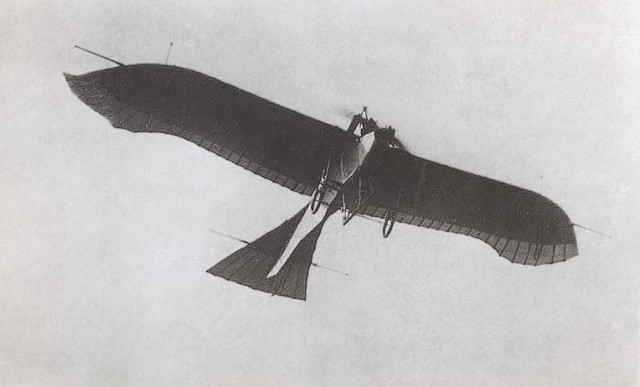
First World War (1914-1918)
The First World War saw the first real developments in aerial warfare, led by innovators such as Oswald Boelcke. Planes started out as reconnaissance craft, and this shaped aerial combat for most of the war, with an emphasis on fighting between pilots.
By the late stages of the war, the potential for aircraft to attack the ground was appreciated. Increasing specialization in design led to aircraft such as the German Junkers J-1. Equipped with extra armor, the J-1 was able to safely descend for low-level attacks on infantry, the pilot protected from their bullets by his plane’s armored belly. J-1s supported the great German offensives of spring 1918, offensives which almost turned the tide of war.
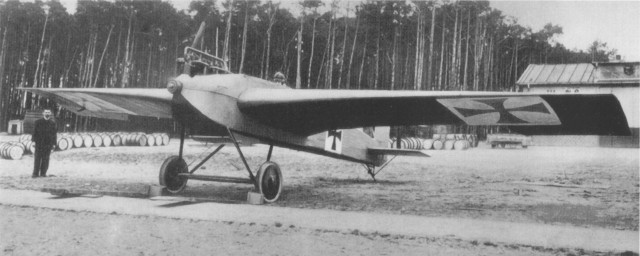
Spanish Civil War (1936-1939)
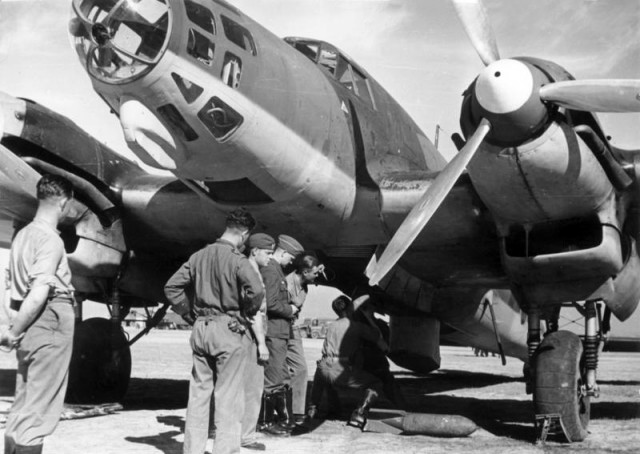
German air support, including the mixed ground and air troops of the Condor Legion, proved useful for the Nationalists in battles such as the Battle of Toledo. Technological and industrial superiority allowed them to rain down death upon improvised Republican forces. They bombarded strategic civilian targets, as in the infamous bombing of Guernica, but the war also created an appreciation of the tactical use of air attacks against troops. Ground attack aircraft were refined and combined with forward observers to create the flying artillery that would prove vital in 1939.
Second World War (1939-1945)
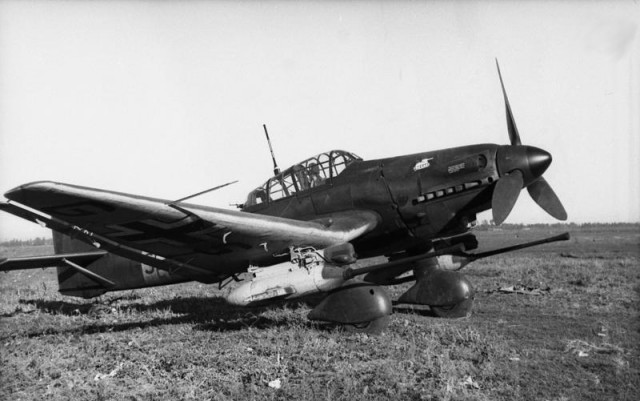
Air superiority also brought the Germans their initial victories in the west. On 13 May 1940, in an unprecedented display of aerial power, nearly 1,500 German aircraft attacked fortified French forces defending the west back of the River Meuse. By the end of the day the Germans were across the river and the French heading into full retreat. Ground attack aircraft such as the Stuka and the Henschel Hs 123s supported the German forces as they raced across Frances, attacking Allied units before they could even reach the front.
It was only when they gained superiority in the air that the Allies were able to beat the Germans on the ground. Field-Marshal Rommel, one of the greatest German commanders of the war, was injured on 17 July 1944 by a strafing attack.
Six-Day War (1967)
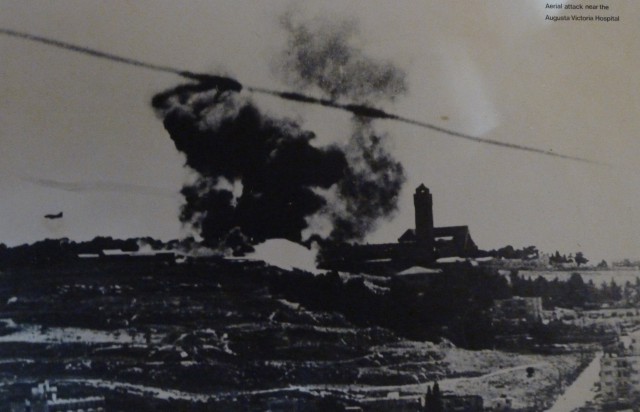
By destroying enemy planes while they were on the ground, the Israelis swiftly ensured dominance in the air. Safe from aerial attack, their air force set to supporting the ground offensive. A training plane altered to make it suitable for ground attacks, the Potez Magister proved a particularly potent weapon. The Mitla Pass was left jammed full of the burnt wrecks of Egyptian fighting vehicles.
Arab nations would learn from the Six-Day War and prepare anti-aircraft measures. But the absolute devastation left by air power would remain an icon of Israeli strength.
Gulf War (1990-1991) This was my war, I saw the devastation of the Iraqi armor and trucks after the A-10's and B52's got done with them, in many cases the Iraqi's were at 50% strength due to losses by coalition air forces.
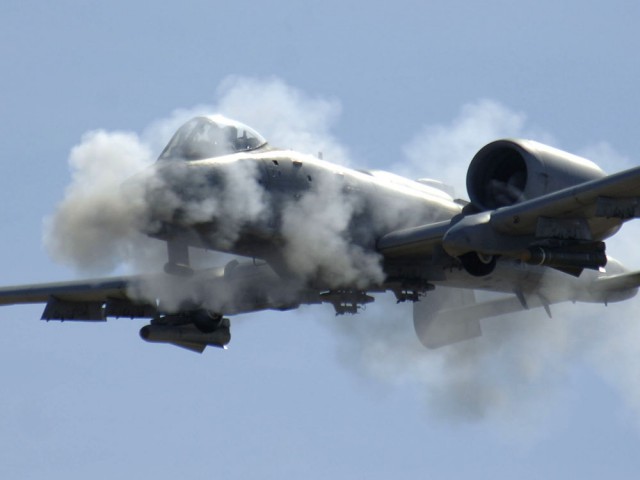
The center of this was Operation Desert Storm, a three-stage bombing campaign targeting Iraqi air defenses, command and communication facilities, and then military targets. With Iraq’s armed forces defanged, coalition aircraft were able to move into a support role. Armored columns were smashed on their way to the battle zone. Iraqi ground forces stood no chance against the vast aerial advantage of their enemies. The Republican Guard forces fought long and well against the Americans, but their T-72s were outclassed by the American M1A1 tanks and Bradleys followed by the Apache's and A-10's that supported the American advance. The tank battles rivaled Kursk in the number of armor used by both sides.


Worked good, lasted a long time, as long as there wasn't 'good' counter air... But the A-10 is in a class by itself!
ReplyDeleteHey Old NFO;
DeleteYep the A10 was in a class by itself, that is why we Army guys like the plane, and the Airforce keeps wanting to kill it.
MrG:
ReplyDeleteNow THAT was a terrific post. Love to see those flying "ground-pounders" in action. You did some awesome homework on this.
I am surprised that you didn't include the Russian Sturmovik IL-2 in the mix. They were great with tank-busting duties against the Nazis.
I would consider that a direct predecessor to our own A-10 just in the way that was built to take punishment.
Also, that JU87-G1 must have suffered in top speed with THOSE cannons slung under the wings. Bet it couldn't even make 250 MPH.
We have an A-10 squadron here in Ft. Wayne (122nd ANG "Blacksnakes"), and I admire those guys flying assets that were basically built back when I was in high school (circa 1970) by an aircraft company that no longer exists (Fairchild).
A testament to longevity plus the continued NEED for such planes.
Roll safe and carry on.
Hey Bob;
DeleteAs far as picking the Stuka over the Sturmovik IL-2 is basically marketing, far more people knew about the Stuka than the IL-2. Yep the IL-2 was a beast, it was a killer of panzers in the Eastern Front and it could take a beating. The low speed of the Stuka actually made it perfect for tankbusting.
I would object that the ground attack war in Viet-Nam was ineffective. The few times when we were allowed to go 'off script' and just wail on the enemy were quite effective against the North. The ground-support aircraft did a fantastic job against ground targets, especially in support of firebase support and aircrew recovery.
ReplyDeleteIt was the inability because of the rules of engagement to target AAA sites, strict targeting rules and the whole stupid 'route package' system, due to the political stupidity of the executive office and congress, that restricted the air-to-ground war.
If we had only prosecuted the war as we did in WWII, well, we would have effectively bombed them back past the stone-age. Right after we targeted every airfield, every AAA weapon and radar site, air-mined their harbor and slashed the rail lines into China. But nooooo, that would have taken like two whole damned weeks (okay, maybe a couple months to totally suppress the anti-aircraft environment) and make us look like barbarians or something.
Hey Andrew;
DeleteYep you are correct, when we were allowed to go off script, we were devastating. The Navy wanted to bomb the crap out of Haipong Harbor to block all the shipping coming from all the communist countries sending supplies, but the Johnson administration fearing getting the Soviets and Chinese more involved(like they already weren't) veto'd the recommendations. I had read of many cases of the U.S. losing pilots to the SAM and AAA systems bombing "suspected truck parks". This caused a lot of resentment with the pilots. We did turn ourselves loose toward the end and after the North ran out of missiles, they went to the bargaining table. The lessons of Vietnam was the reason that the air war in Desert Storm was prosecuted far differently.